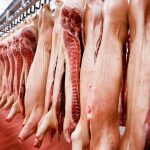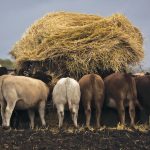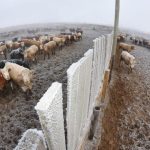It can be tough to keep up with the latest in Canadian cattle news. In case you missed them, here are the stories that drew the most attention in 2024. 1. U.S. facing crucial beef shortages As the U.S. faces a shrinking beef herd, observers wonder whether there will be enough cattle in the next […] Read more














